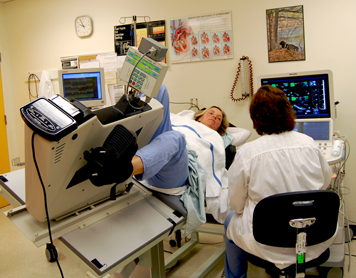
Wed Feb 07 03:40:38 2018 ++ Certificate has EKU (str) TLS Web Server Authentication, expects TLS Web Server Authentication Wed Feb 07 03:40:38 2018 Validating certificate extended key usage Wed Feb 07 03:40:38 2018 Incoming Control Channel Authentication: Using 512 bit message hash 'SHA512' for HMAC authentication Wed Feb 07 03:40:38 2018 Outgoing Control Channel Authentication: Using 512 bit message hash 'SHA512' for HMAC authentication Wed Feb 07 03:40:38 2018 MANAGEMENT: CMD 'hold release' Wed Feb 07 03:40:38 2018 MANAGEMENT: CMD 'echo all on' Wed Feb 07 03:40:37 2018 Need hold release from management interface, waiting.
BITMESSAGE ECHO TEST WINDOWS
Wed Feb 07 03:40:37 2018 Windows version 6.2 (Windows 8 or greater) 64bit However, diagnostic accuracy varies according to the pretest likelihood of CAD in the patient tested.Hi guys, I installed VPN on droplet and I get the error when I try to connect with OpenVpn The sensitivities for the detection of coronary artery disease (CAD) are 85%, 80%, and 78%, with specificities of 77%, 86%, and 91% for exercise, dobutamine, and dipyridamole stress results. The coronary arteriographic cut off of luminal diameter stenosis at which wall thickening abnormalities occur is 54% for exercise, 58% for dobutamine, and 60% for dipyridamole. Prolonged systolic wall thickening may also indicate severe coronary artery disease. In a patient with multiple vessel diseases, exercise echocardiography demonstrates a dilated LV cavity with changes in the shape and reduction of systolic wall thickening of the septum, anterior, and inferior walls. A normal response during stress involves LV size becoming smaller compared to rest, while the shape is maintained, and there is increased endocardial excursion along with systolic wall thickening. Imaging obtained at resting and stress phase are compared for interpretation of left ventricular (LV) size, shape, and function.

Termination of stress test occurs with the achievement of age-predicted maximal heart rate, new or worsening moderate regional wall motion abnormalities, greater than 2 mm horizontal or downsloping S-T depression, or presence of intolerable symptoms. Images are obtained at rest, the first stage, and pre-peak and peak heart rate. The pacing protocol consists of two-minute stages, and an increasing paced heart rate to levels of 85% and 100%, respectively, for pre-peak and peak stress information. This is indicated in patients who are unable to exercise. The target heart rate can be achieved by increasing the pacing.

Pacing stress testing: This is indicated in patients with a permanent pacemaker. Atropine increases the sensitivity of dobutamine echocardiography in patients receiving beta-blockers and in those with single-vessel disease.

To achieve the target heart rate, Atropine can be used in divided doses of 0.25 mg to 0.5 mg to a total of 2 mg. Endpoints are the achievement of target heart rate (defined as 85% of the age-predicted maximum heart rate), new or worsening wall motion abnormalities of moderate degree, significant arrhythmias, and intolerable symptoms. The importance of low dose stages plays a role in recognition of viability and ischemia in segments with abnormal function at rest, even if viability assessment is not the main objective of the test. During dobutamine echocardiography, images are obtained before the start of the infusion, at the end of each stage, and during the recovery. Dobutamine echocardiography: A graded dobutamine infusion starting at 5 mcg/kg/min and increasing at three-minute intervals to 10, 20, 30, and 40 ug/kg/min is the standard for dobutamine stress testing.


 0 kommentar(er)
0 kommentar(er)
